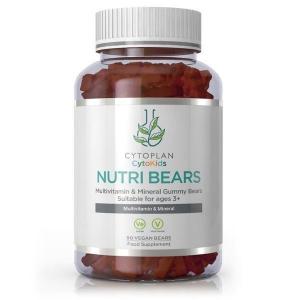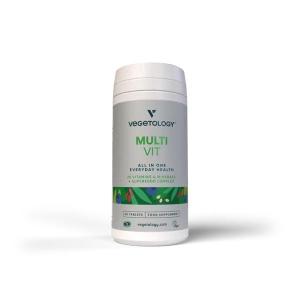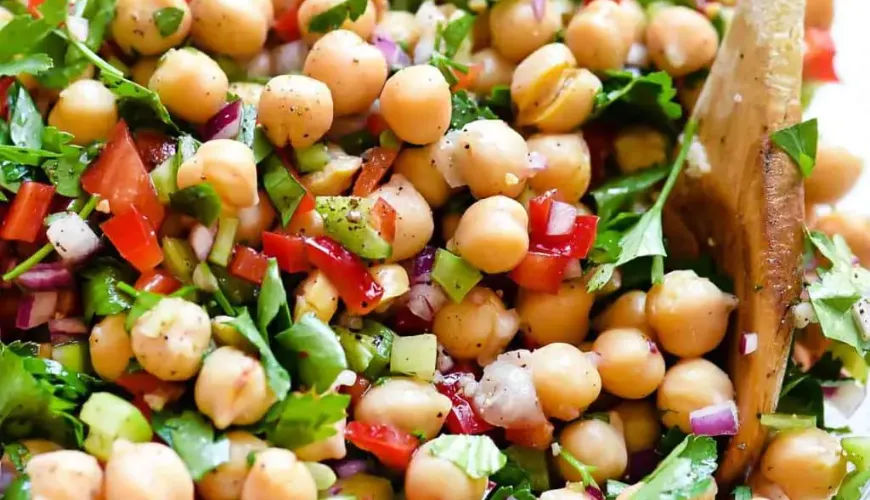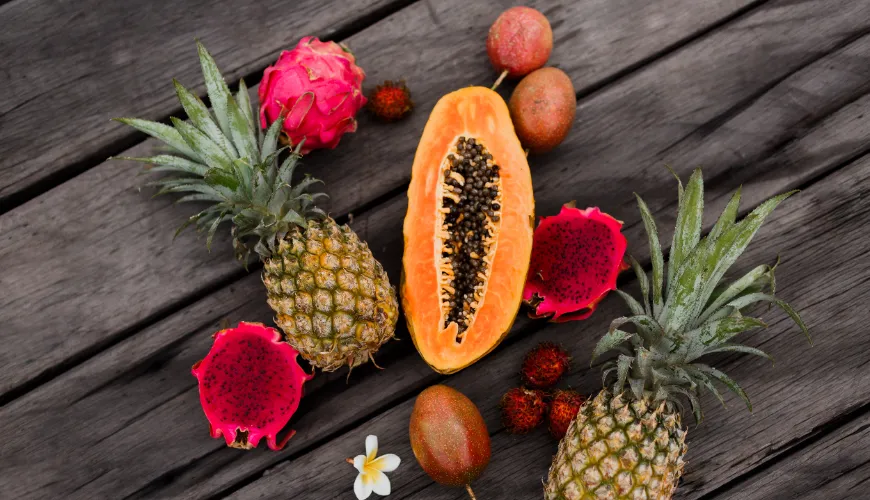
Discover spaghetti squash recipes and delight the whole family
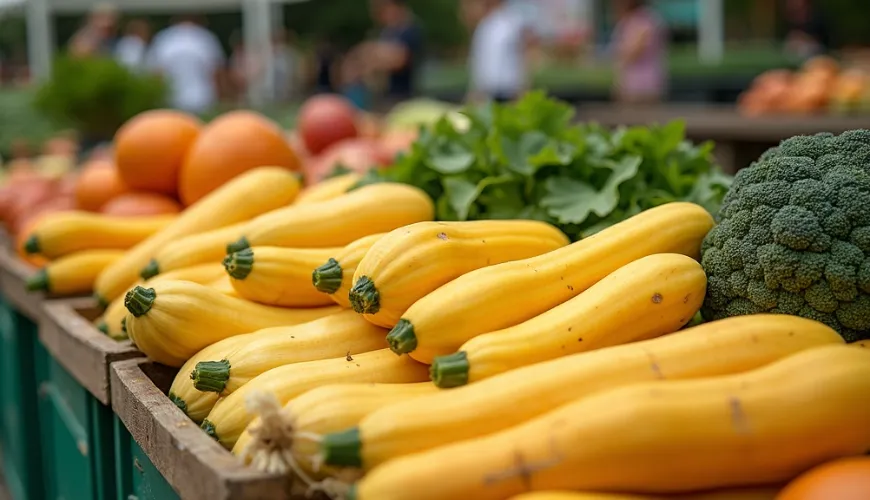
The Autumn Treasure Called Spaghetti Squash - Surprisingly Versatile and Healthy Ingredient
At first glance, it looks like an ordinary squash, but once cooked, its flesh transforms into fine strands resembling spaghetti. Spaghetti squash is not just a visual surprise but also a welcome addition to the diet for those striving to eat healthier, with fewer processed foods and more natural ingredients. With it, you can creatively replace traditional pasta without missing out on the pleasure of eating. And that's just the beginning.
What is Spaghetti Squash and Why Does It Deserve Attention?
Spaghetti squash is a variety of the common squash which, unlike butternut or hokkaido, does not turn into mush after cooking but creates separable strands similar to pasta. Its taste is neutral, slightly sweet, and it perfectly absorbs the flavors of sauces, herbs, or spices. It is naturally gluten-free, low in calories, and rich in fiber, B vitamins, vitamin C, manganese, and potassium.
Try our natural products
Unlike traditional spaghetti, spaghetti squash has only about 30 calories per 100 grams. For comparison: the same amount of cooked pasta contains approximately 150 calories. This makes it a welcome alternative for those trying to lead a healthier lifestyle or reduce their carbohydrate intake.
Moreover, spaghetti squash grows well in Czech conditions - you can find it at farmers' markets from September to November, but thanks to its good storability, it lasts until winter. When stored correctly in a cool and dry place, it maintains its quality for several months.
How to Prepare Spaghetti Squash?
The key is the proper cooking method. Wash the squash thoroughly, cut it lengthwise in half, and remove the seeds with a spoon. You can lightly salt the inside or drizzle it with olive oil and place it cut-side down on a baking sheet lined with parchment paper. Bake in a preheated oven at 180–200 °C for 35–45 minutes, depending on the size of the squash. When the squash is tender, use a fork to scoop out the flesh – it will transform into characteristic spaghetti-like strands.
This basic preparation is the key to countless recipes you can try with spaghetti squash. From light vegetable mixes to more substantial versions with meat and cheese.
Baked Spaghetti Squash with Ground Meat - A Classic with a Twist
One of the most popular recipes is baked spaghetti squash with ground meat. It's a simple, nutritious, yet tasty dish that the whole family will love. You'll need one medium-sized spaghetti squash, 300–400 grams of ground meat (ideally beef or a mix of beef and pork), one onion, two garlic cloves, tomato paste or crushed tomatoes, spices (salt, pepper, oregano, basil), hard cheese for topping, and a bit of oil.
Place the prepared squash in the oven and meanwhile sauté the onion with garlic in a pan, add the meat and let it brown. Then mix in the tomatoes and spices and simmer for about 10 minutes. When the squash is done, gently fluff the strands with a fork and mix with part of the meat mixture. Top with the remaining sauce and sprinkle with grated cheese. Bake for another 10–15 minutes. The result? A tasty, hearty dish without pasta that will please even the pickiest eaters.
This dish is an ideal choice, for example, as a dinner after a workday. One mother of two schoolchildren shared her experience that after the first taste, her children thought it was pasta. "When I told them it was squash, they didn't believe me. Now they ask for it more often than regular spaghetti."
How Many Types of Spaghetti Squash Exist?
Spaghetti squash is not just one kind. There are various varieties of spaghetti squash that differ in shape, color, and size. The most common variety in our region is the oval-shaped one with a light yellow to beige skin. Abroad, you may encounter green-yellow striped variants, compact round squashes, or hybrids with a more pronounced flavor.
In practice, however, this doesn't make much difference – the main characteristic that distinguishes spaghetti squash from others is its fiber after cooking. Regardless of the specific variety, you can rely on the same result. If you grow your own squash, you can choose seeds according to your preference – from standard to organic varieties suitable for sustainable farming.
Inspiration on How to Incorporate Spaghetti Squash into Your Diet
Not only in the form of a baked delight, but also as a side dish or the base of a salad, squash with a "pasta" texture can shine. Try mixing it with pesto, sautéed vegetables, or tofu, and you'll have a light yet filling lunch. Combined with roasted salmon or chicken, it becomes a great alternative to traditional sides.
There are many possibilities:
- With spinach and feta cheese – a simple vegetarian option that also works as a cold lunch in a box
- With mushrooms and thyme – an autumn combination that warms and pleases lovers of seasonal flavors
- With garlic butter and parmesan – a minimalist yet deeply flavorful combination
And if you crave something sweeter, did you know that spaghetti squash can also be prepared sweet? With maple syrup, cinnamon, and a few raisins, it resembles a baked "noodle" pudding without flour.
The Connection of Health, Taste, and Sustainability
In a time when more and more people are interested in the origin of food and its impact on health and the planet, spaghetti squash is a symbol of sustainable eating. It is a locally available, low-cost, and nutritious ingredient that reduces the need for processed foods.
Moreover, its kitchen processing produces almost no waste – you can compost the skin, roast the seeds with spices as a healthy snack. It is therefore an ingredient that fits perfectly into a zero-waste kitchen. Those looking for ways to live healthily and in harmony with nature will find a reliable ally in spaghetti squash.
As the famous American chef Alice Waters says: "Food should be prepared with respect – for the ingredients, for nature, and for those who eat it." And ingredients like spaghetti squash embody this philosophy.
In the coming weeks, when the first autumn harvest appears on the shelves, try giving spaghetti squash a chance. It might become an unexpected favorite in your kitchen – healthy, delicious, and surprisingly versatile.

